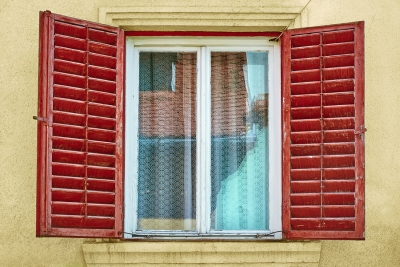Choosing and Caring for Window Shutters

Shutters are one of the best types of window treatments in Castle Rock. Shutters are energy-efficient and available in multiple colors and materials, and they are low-maintenance. Choosing and caring for the right window shutters does not have to be difficult. Once you have consulted with your shutter installer, then you will have all of the information you require to have long-lasting and beautiful window shutters. Read on for more information about caring for your new shutters.
Pick a Shutter Material
There are 3 main shutter materials: wood, faux wood, and vinyl. If you choose wood shutters, then you have a choice between different wood species, colors, and stains. The most popular and durable species is considered Western Red Cedar, and this will make an attractive shutter selection. Faux wood shutters look like traditional wood, but they are made with a strong and low-maintenance polymer. Vinyl shutters are very strong and available in various colors to match your interior color scheme. If you are unsure of which material is right for you, then speak with your shutter designer and installer for suggestions.
Schedule Professional Installation
Part of your future shutter maintenance depends on the quality of installation. Schedule a date and time for a professional installation, because the expert installers can ensure your new shutters are installed and functioning correctly. This is very important to the future care and use of your shutters. If the shutters are installed incorrectly, then you may not be able to use them in the right manner, and you may not be able to clean the shutters effectively.
Use Proper Care Methods
Speak with your professional installer on the proper way to care for your shutters. Care can change according to the shutter material. For example, warm water and dish soap can be used on faux wood and vinyl shutters. However, you should never use water on real wood shutters. This can cause them to warp due to excess moisture. To minimize dust and dirt buildup, dust your shutters—no matter the material—with a feather duster or soft brush vacuum attachment.
